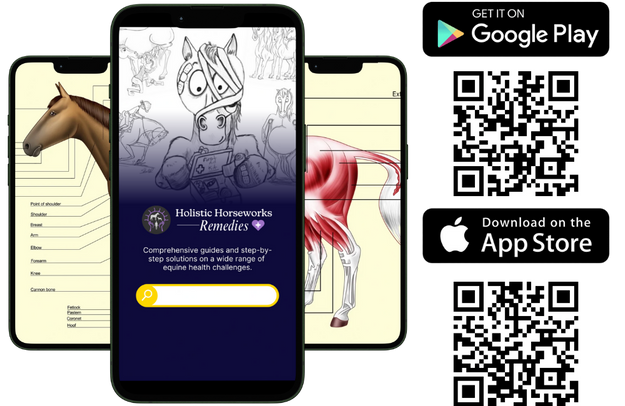Mystac Mag Interview: Unwinding the Secrets of Equine Performance, April Love’s Journey to Holistic Healing
Share this post:
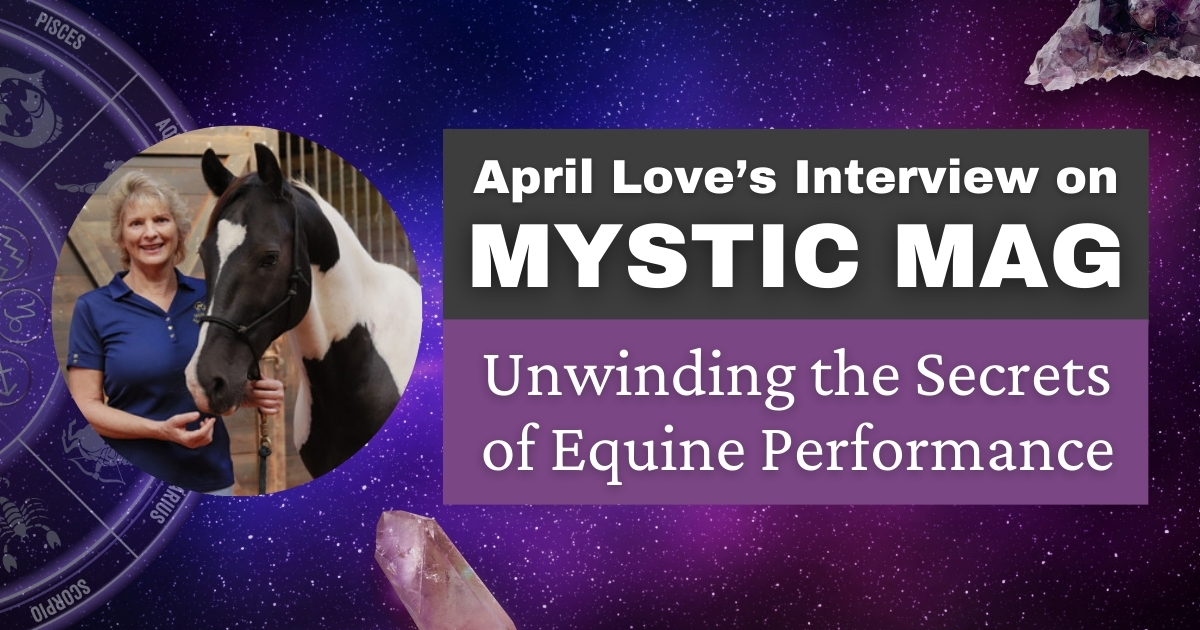
April Love, the visionary behind Holistic Horseworks LLC and the creator of the International Institute for Complementary Therapists (IICT), has always been captivated by the grace and power of horses in motion.
Her journey began with a simple observation: some horses move more fluidly than others. This curiosity led her to uncover the deeper physical and emotional challenges faced by these majestic creatures, particularly those labeled as “problem horses.” As a trainer and equine musculoskeletal release specialist, April developed a groundbreaking technique of equine musculoskeletal unwinding, which addresses the root causes of discomfort, transforming troubled horses into willing and capable partners.
Her dedication to holistic care extends beyond training, as she continually asks the crucial “why’s” behind injuries that often sideline equine athletes. April’s commitment to her horses, exemplified by her endurance riding successes, particularly with her horse Tiki, showcases the remarkable results of her innovative approach.
Join Mystic Mag and read more.
You’ve mentioned that your passion for horses began with observing their movement. How did this initial fascination evolve into a career focused on their physical and emotional well-being?
My passion was endurance, riding 50 miles in a day, and you always had to do bodywork. When you’re watching horses trot out in the vet line, you start wondering: why is one tracking sideways? Why is another bobbing it’s head? Why is one reluctant to trot out? Watching these 50-60 horses, you can’t help but wonder what’s different, what’s going on underneath causing these moods, the pinning ears, the swishing tail when asked to trot or circle. I’d ask the vets, and they’d just say, “That’s his gait, that’s his attitude.” But I knew there had to be more creating these symptoms or behaviors.
That was my journey—to understand why one horse has a 14-mile-an-hour trot, why another tracks sideways, why one bunny hops at the canter. Where do all these things come from? When your horse is diagnosed as grade two or three lame and you ask, “Where is it? What do I treat?” They’d say, “I don’t know, give them a couple of weeks off, maybe it’ll get better”—and it often didn’t.
So I started asking questions everywhere I could and taking every course I could find to learn more about what’s really going on with horses. It was mind-blowing. I realized there was so much more happening beneath the surface of these beautiful animals I love riding.
When I developed my program, Equine Musculoskeletal Unwinding, it was because I kept taking courses—$2,000 for a five-day equine musculoskeletal unwinding course, plus the cost of flying to Washington to study with Dr. Regan Golob and Kelly Mills, and another $1,000 to go to Santa Cruz for a cranial sacral unwinding course with Maureen Rogers. But each course seemed to miss something I had learned elsewhere. For instance, you can’t effectively do cranial sacral work if the atlas and axis are out of alignment, because the dural tube gets compressed, cutting off energy to the hind end.
After spending $19,000 on various courses, I realized they were all thorough in one area but lacked a holistic approach to the whole horse. That’s why I chose the term ‘musculoskeletal unwinding’—it conveys a softer, more comprehensive movement that addresses both the skeleton and muscles. My goal was to develop terminology that communicates that we’re working on the whole horse, not just focusing on chiropractic, massage, acupressure, or cranial sacral unwinding in isolation.
I also want people to understand that when horses exhibit behavioral issues, like bucking at the canter, it’s not because they feel good. It’s often because something is wrong, like a kissing spine or pinched nerves. By looking deeper into the horse’s body and addressing these issues, you’ll end up with a better horse that lasts longer. People often come to me after spending a lot of money on vets and diagnostics—sometimes after an $8,000 vet bill—and their horse still isn’t better. That’s when they find my program, after trying everything their friends recommended.
I’m really trying to encourage people to start using my program sooner, ideally when their horses are around six months old, so they can have a horse that’s still rideable in its 30s by addressing the whole package from the start.
As an Equine Musculoskeletal Unwinding practitioner, how does this modality specifically benefit horses, and what transformations have you witnessed in your clients’ equine partners?
It was always the feedback that gave me the biggest aha moments. After doing all this bodywork, people would ask, “How do I keep my horse like this?” That’s when I realized I needed to develop something so they could maintain these results themselves.
Suddenly, their horses were taller, longer, and moving better. I’d get feedback like, “The farrier has always struggled with the hooves, but now they’re just right—he can trim them easily, pick up the hind foot without getting kicked, and the crushed heels are starting to spread.”
That was amazing to hear, knowing that a one-hour session I did on a horse was making such significant changes.
Clients would tell me their horses were running barrels faster, finally placing in the money, jumping higher, or completing 100-mile endurance rides over rough terrain and high altitudes in record time and getting best condition awards from the vets. Running 100 miles in nine and a half hours is phenomenal.
All the feedback from my clients over the past—what is it, 15 or 16 years now?—has been incredibly empowering. It drives me to keep learning and sharing more with my clients so we can continue to elevate our horses to higher levels of competition, vitality, health, and wellness.
What type of services do you offer?
When I do a one-on-one bodywork session with a horse and owner, it takes about an hour. I blend techniques such as balancing the chakras and energy meridians, and opening the kidney meridians to aid detoxification. I also address body movements. Dr. Bradey Nelson’s emotion codes are also a big part of my work. I explain to the horse owner that if the horse isn’t moving as it should, it can affect its performance under saddle—for example, it might not want to take a right lead canter or struggle with a tight barrel turn to the left. Owners often confirm that these issues match their horse’s behavior. I aim to show them how these physical issues translate to the rider’s experience.
Other body workers might simply say a horse is ‘tight and sore,’ but if they haven’t ridden competitively or experienced these issues firsthand, they can’t always pinpoint why a horse might avoid certain movements, like a right lead or descending hills due to hind end engagement issues.
This understanding motivated me to create a home study program, so people can address these issues themselves. Relying on a chiropractor once a month for $150 and then seeing the horse go out of alignment again within days doesn’t address the root cause. My program includes personal services when I’m traveling or here on Maui.
I offer long-distance readings where clients send me pictures of their horse from different angles, and I provide an eight-page report detailing bacterial and viral issues, atlas and axis alignment, ribs, withers, and more, along with a step-by-step program for improvement.
My home study programs include Level 1: Equine Musculoskeeltal Unwinding, which focuses on the skeleton, and Level 2: Cranio Sacral unwinding & Advanced Applied Kinesiology, which covers fascia, cranial sacral unwinding, and issues like cranial sacral compression caused by knotted rope halters. This compression has been linked to conditions like Cushing’s and uveitis, and I help people address these problems.
I offer support via Skype and Zoom, including live Zoom training where clients can have someone hold their phone or tablet while I correct their techniques in real-time. This is especially helpful for those with many animals or children who can’t leave home but want to care for their horses and reduce vet bills.
Additionally, I provide services for people and dogs, and I’ve published books on Amazon and produce a podcast to continue sharing this information and support ongoing learning.
Our hands-on horse bodywork clinics teach people how to perform these techniques themselves. We offer these clinics globally—across Australia, Europe, Canada, Costa Rica, Ireland, the US, and more. Each class is small and private, with just six students, ensuring quality, hands-on time with the instructor over a three-day course.
Your practice includes a wide range of therapies, from Bio-Energy to Nutritional Therapy. How do you integrate these different techniques to create a comprehensive treatment plan for an equine athlete?
That’s the program I put together. Every time I took a class, I would apply the techniques to my endurance horse, experimenting with what he liked and how he responded. Using advanced applied kinesiology, I figured out the best sequence for treatments. For instance, you wouldn’t want to do cranial sacral work before releasing the atlas, axis, and ribs. It’s more effective to first address the bodywork, and then cranial sacral techniques can help bring the rest of the body into balance.
Emotion coding, for example, has been incredible for horses. If a horse is pacing and unsettled, clearing a few trapped emotions can often calm them down. We sometimes need to adjust the order of treatments based on the horse’s needs that day.
For ongoing care, I offer a $70 monthly plan, which allows for progressive treatments. At the beginning of each session, I use a Healy microcurrent device to scan the horse for their specific needs, like detoxing or addressing issues such as microbacteria, eye problems, or skin issues. This device helps identify concerns that might not be visible and provides a tailored program for support.
Balancing the energetic system of a horse is a crucial part of your work. How do you assess and correct imbalances, and what are the most common energetic issues you encounter?
When using the release spray, we always start with the horse’s head because cranial sacral energy, which pulses six to fourteen times per minute, needs to flow through the entire body. During the release, we open the kidney meridian, the governing meridian, and the conception meridian. We assess where the energy feels blocked or stuck, aiming to activate the horse’s natural healing abilities before we perform manual skeletal adjustments.
You’ll notice a significant difference in the horses. Their eyes soften, and they exhibit subtle signs of relaxation. When we clear trapped emotions, the horse often visibly responds, indicating relief. It’s fascinating because horses tend to absorb and reflect their owners’ emotions, often mimicking their owners’ issues. This connection highlights their sensitivity and deep empathy.
Owners frequently observe and appreciate the positive changes in their horses, asking about the techniques used. For instance, bladder meridian sweeps help align and balance all the organs. If one side of the horse feels clearer than the other, I’ll focus on additional sweeps on the less clear side until it matches the other side’s balance. This thorough approach ensures even and effective treatment across the horse’s body.
Level 1: Equine Musculoskeletal Unwinding
Equine Musculoskeletal Unwinding is a therapeutic bodywork technique for horses that focuses on gently releasing tension in the skeleton, muscles, and joints. It’s designed to be easy to perform, making it accessible for all horse owners and equine practitioners.
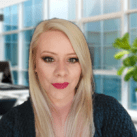
About the Author
Katarina Todorovic
Writer at Mystic Mag
Katarina is a Reiki practitioner who believes in spiritual healing, self-consciousness, healing with music. Mystical things inspire her to always look for deeper answers. She enjoys to be in nature, meditation, discover new things every day.
More Posts
6 Must-Know Hore Care Tips for Winter
In this comprehensive guide, we'll share five essential cold weather horse care tips straight from the experts at Holistic Horseworks.Whether you're dealing with freezing temperatures, icy conditions or relentless mud, these strategies will help you keep your horse happy and healthy through even the harshest of winters.
Equine Vaccines: What’s In Them and How to Help Your Horse Naturally
Vaccines are often considered a cornerstone of equine health, but have you ever wondered exactly what’s in them, or how they might be affecting your horse’s long-term health?
Barn Life Tips for a Bug Free Summer
Every season, I hear from folks battling mosquitoes, flies, and ticks in the barn, garden, and pasture. Over the years, I’ve found a few easy tricks that make a big difference. If you’re tired of swatting bugs during barn chores or want to keep your horses happy and itch-free,
Horses Are Talking, Are You Listening?
Holistic equine expert April Love wants you to know: your horse is speaking. And once you learn how to listen, everything changes. In her recent appearance at the Holistic Horse Conference, April sat down with Dr. Jeff Grognet and animal communicator Joan Ranquet to share her revolutionary approach to
How a Distance Reading CHANGED Kimberly and Her Horse
In this interview, holistic healing expert April Love uncovers the deep, often invisible threads connecting horse and human wellness. Join Kimberly, host of The Backyard Horse Enthusiast, as she shares her transformative experience with April's intuitive healing techniques.
Summer Travel Tips for Your Horse: Keep Them Happy, Healthy, & Hydrated
Traveling to summer shows and events can be exciting, but for our horses, it often comes with a heavy load of emotional and physical stress. Here are some key things to consider when prepping your horse for summer travel, and the strategies I’ve personally used to help mine stay
Mud Fever Prevention and Remedies
Mud fever, also known as pastern dermatitis, scratches, grease heel, etc., is a common skin condition in horses caused by a combination of wet and muddy conditions, bacteria, and fungi. It typically affects the lower legs, especially white ones, and, if not addressed properly. can cause discomfort and lameness.
Is It Really a Training Problem, or Is Your Horse in Pain?
If your horse bucks, resists the canter, or just feels off under saddle, the first thing many people assume is that it’s a training issue. Maybe the horse is being stubborn, or maybe it just needs more groundwork. But I want to let you in on something I’ve seen
Did You Know That Saddle Fit Issues Are Really Horse Body Issues?
Saddle fit isn’t just about the saddle — it’s about the ever-changing body of the horse beneath it. While it’s tempting to invest in custom saddles or quick fixes like padded inserts, lasting comfort and performance come from addressing the root of the issue: your horse’s physical balance and
Useful, Helpful Tips and Tricks for Horse Care | April Love’s Interview on The Backyard Horse Enthusiast
What would you do if your horse was limping, colicking, or spooking—and no one could tell you why? That question lit a fire in April Love that would grow into a global mission: helping horse owners uncover the root causes of mystery lameness, behavioral issues, and chronic pain that


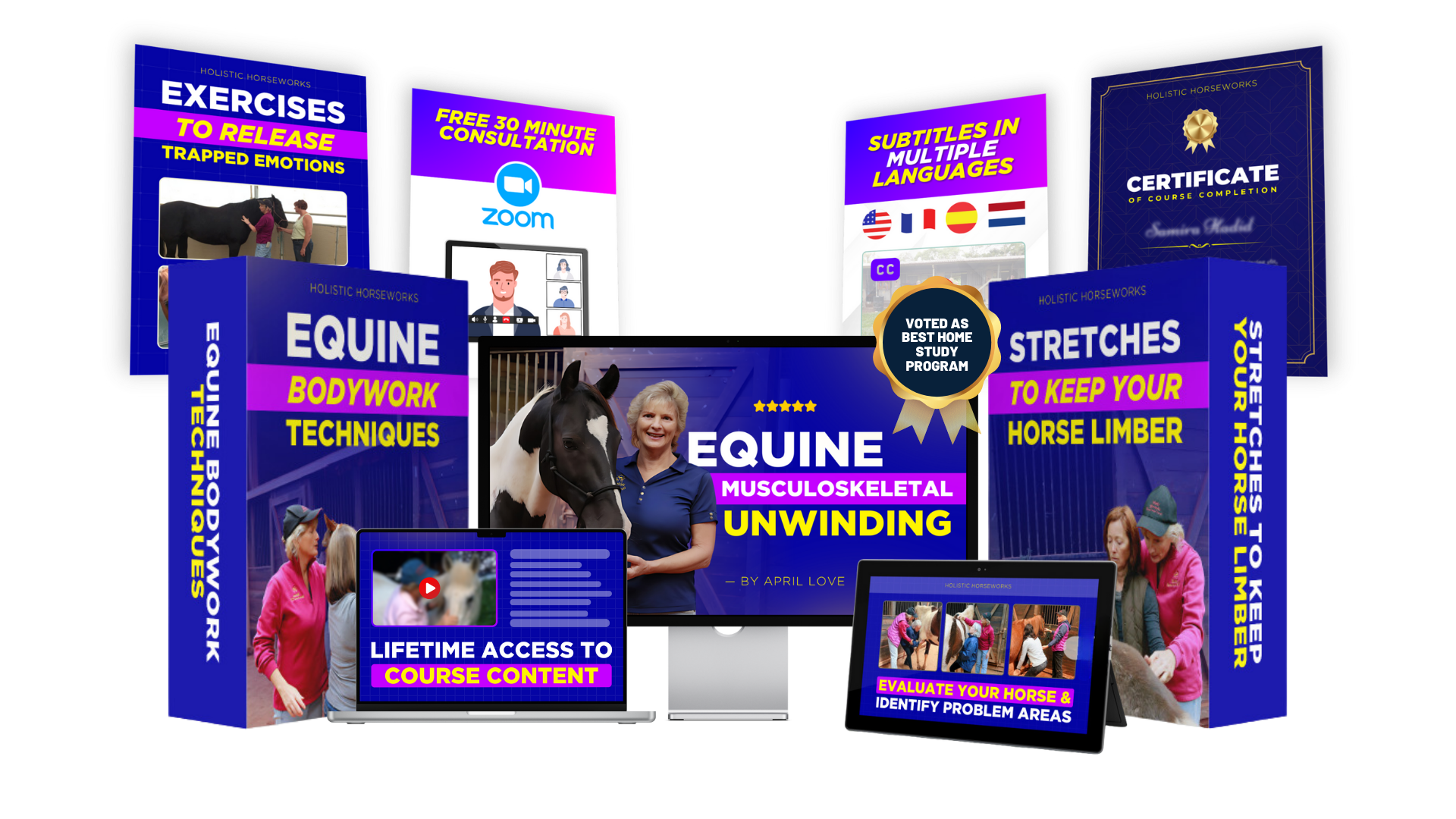

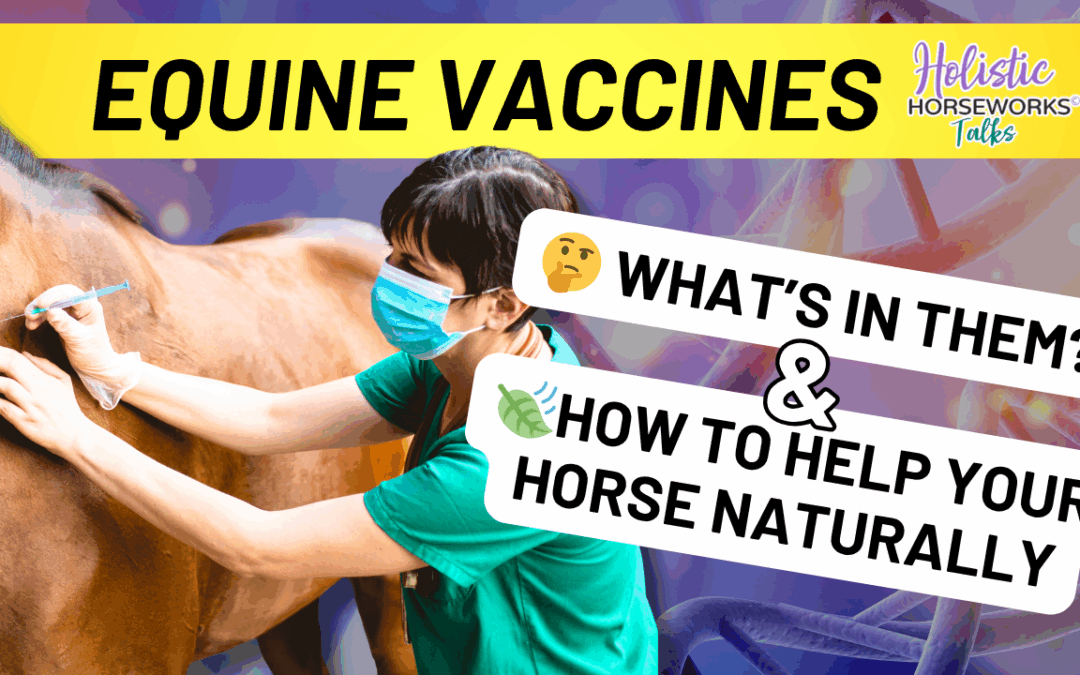
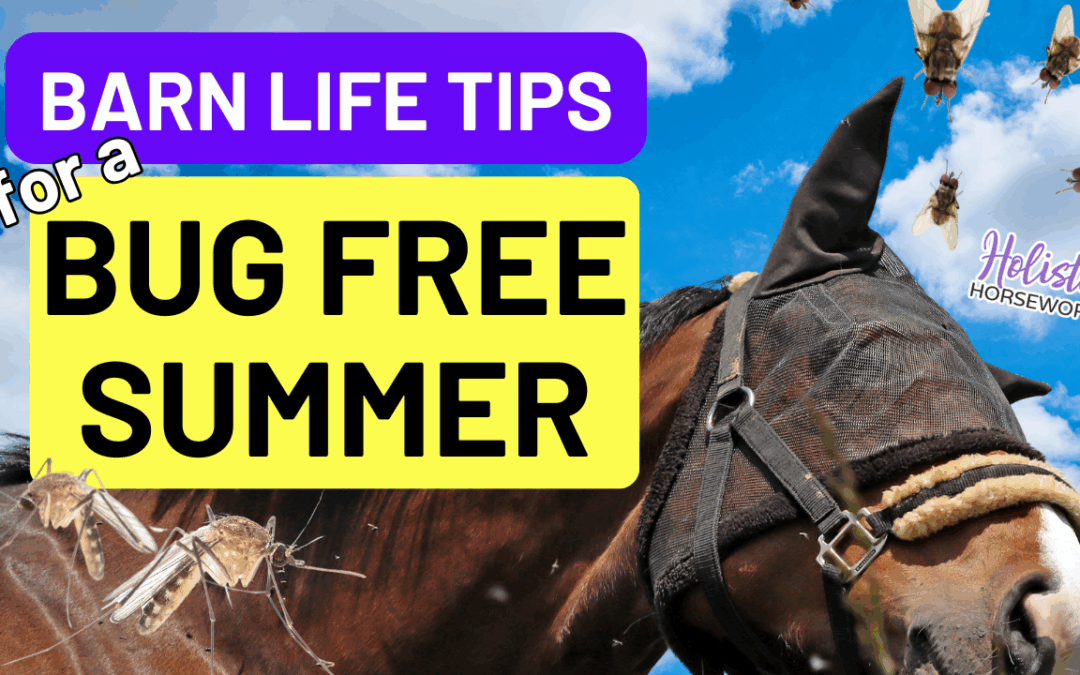
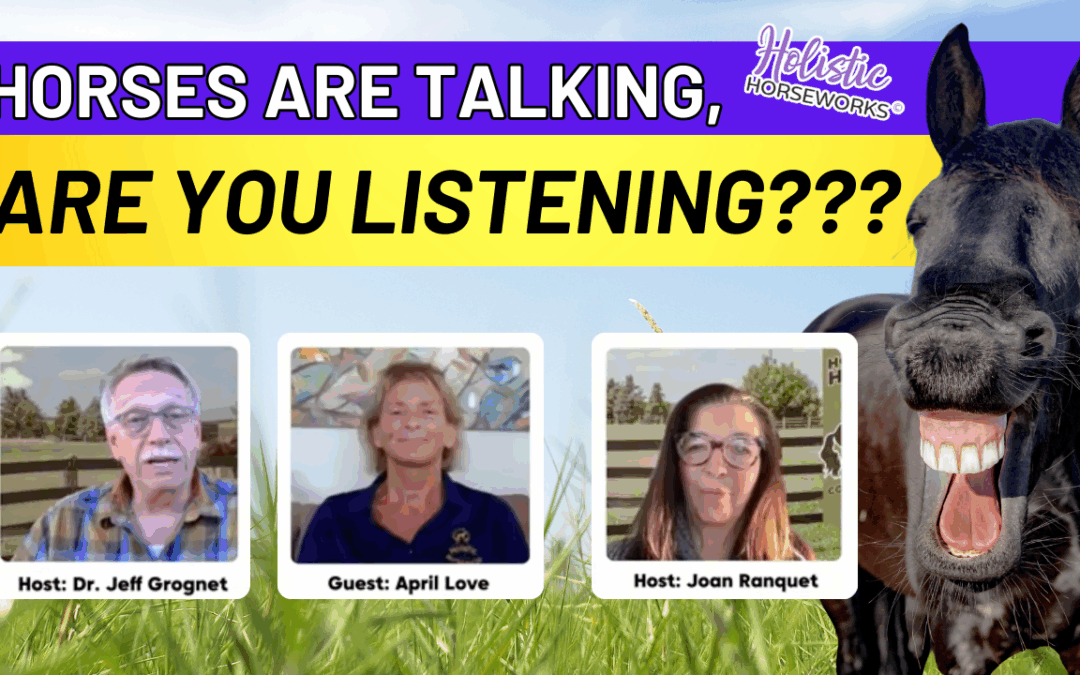
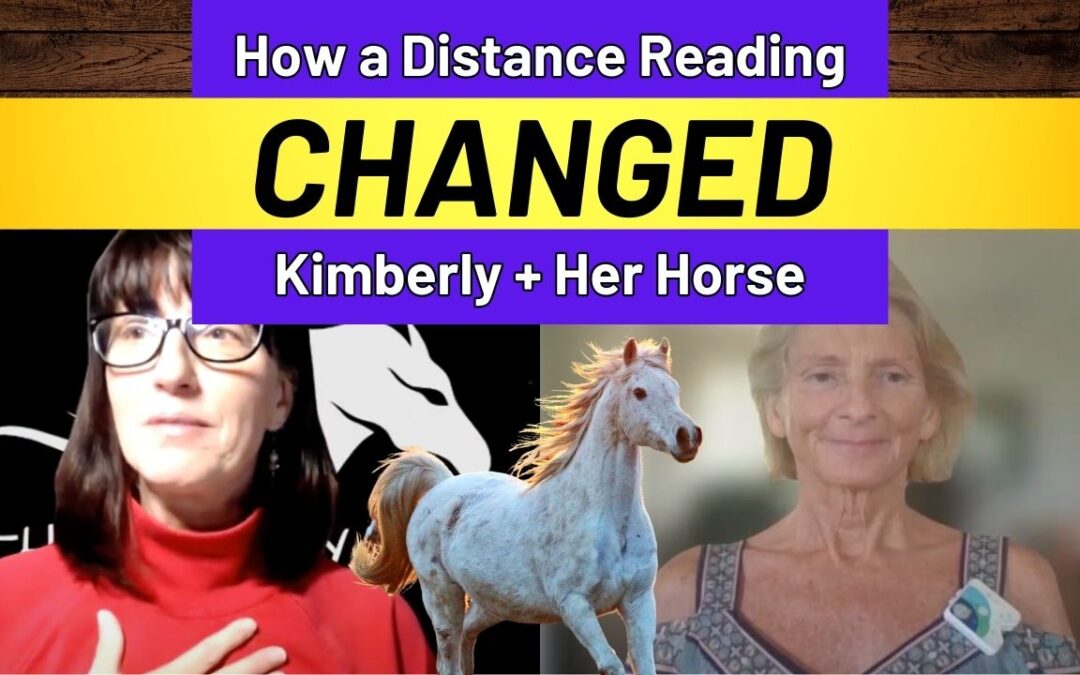
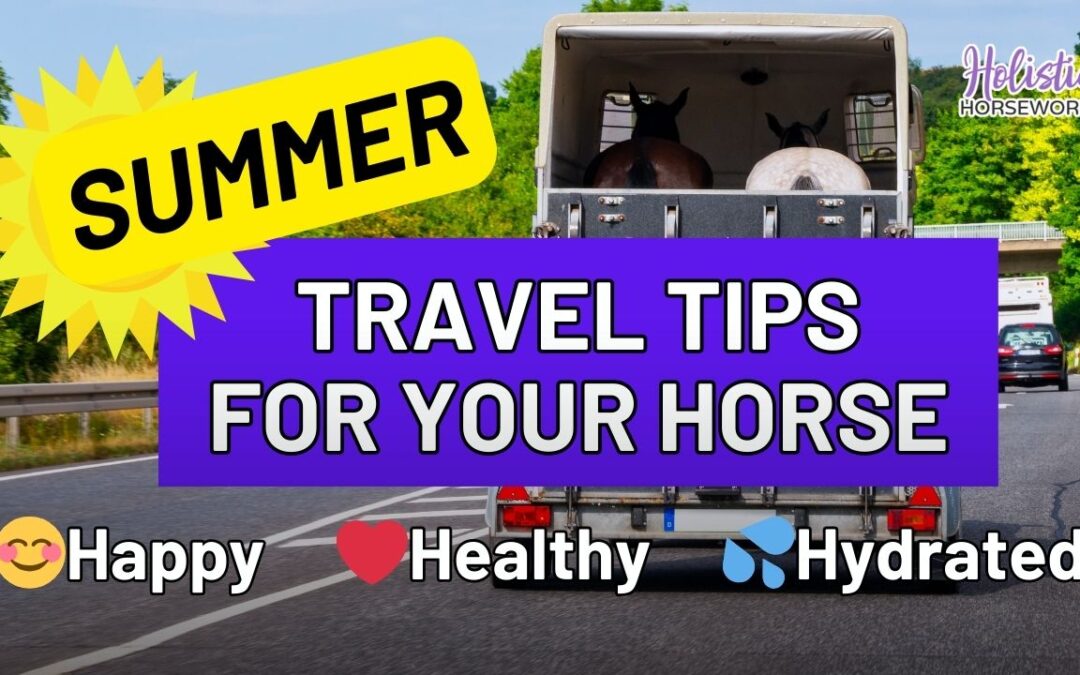

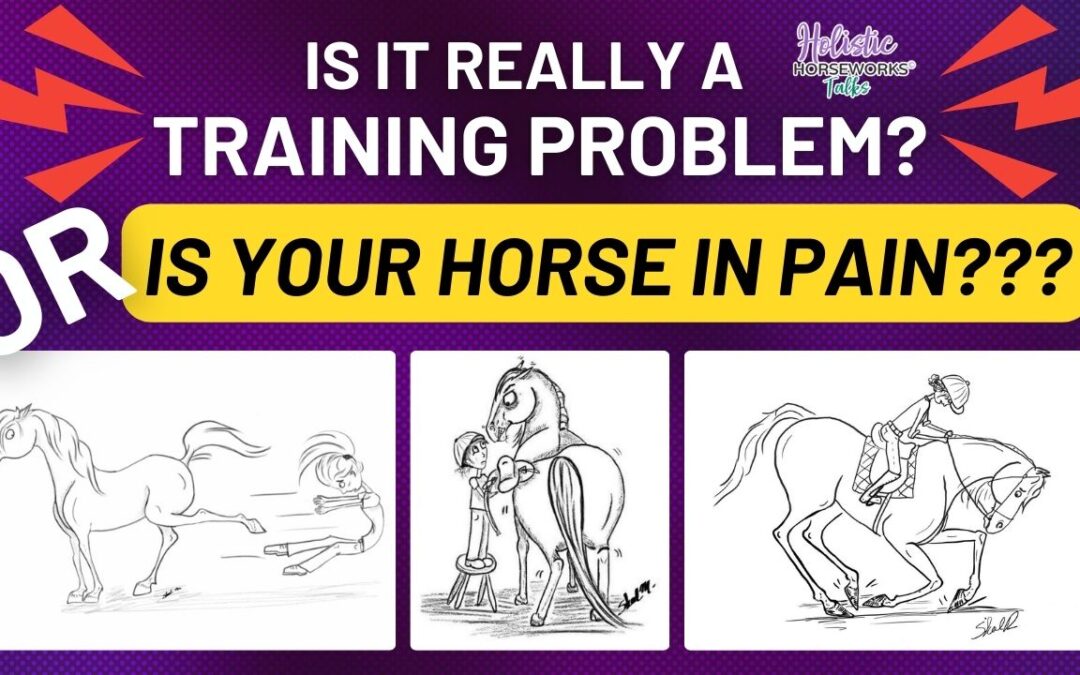

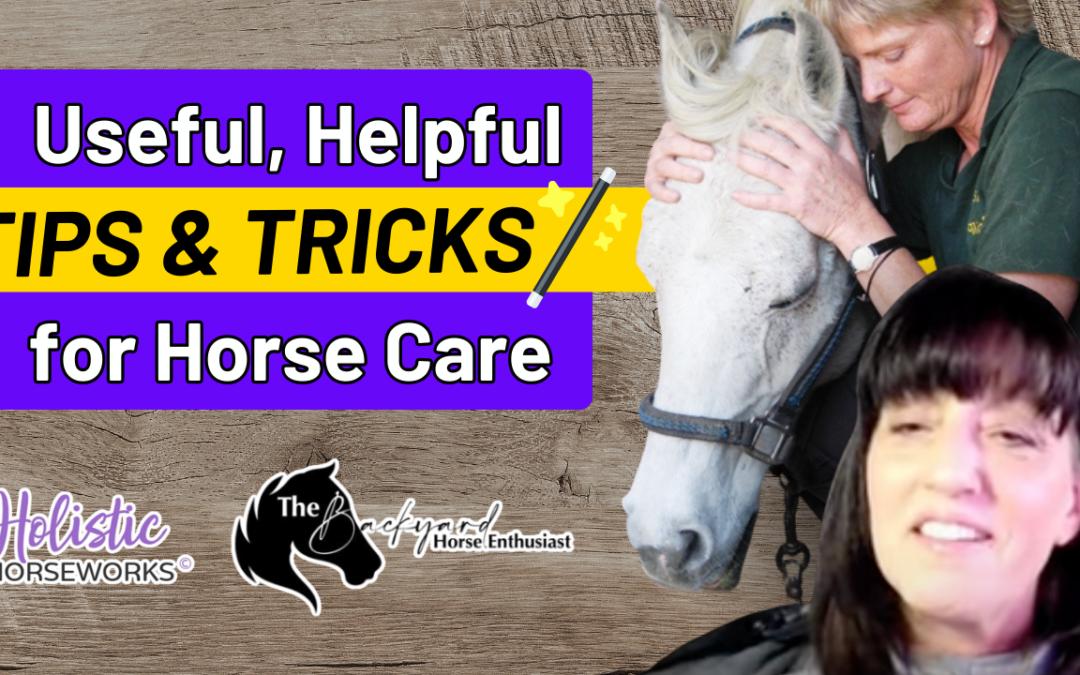
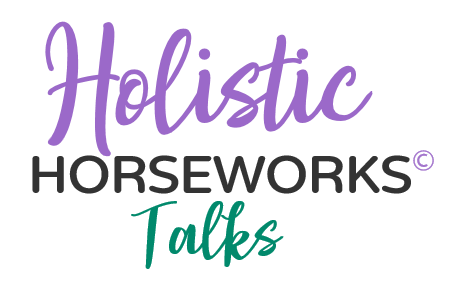
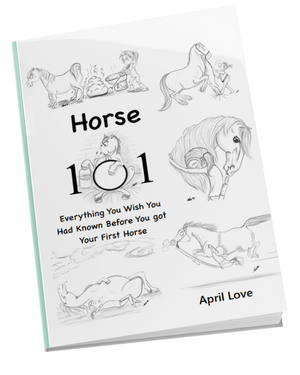
![Complete Level 1 & Level 2 Home Study + Private Training Package [NO DVD]](https://holistichorseworks.com/wp-content/uploads/2022/08/Level-1-and-Level-2-complete-home-study-and-training-package-400x400.jpg)
![Level 1 "Equine Musculoskeletal Unwinding" Home Study -Watch Instantly [NO DVD]](https://holistichorseworks.com/wp-content/uploads/2022/08/Level-1-Home-Study-400x400.jpg)
![Level 2 “CranioSacral Unwinding & Advanced Applied Kinesiology” Home Study - Watch Instantly [NO DVD]](https://holistichorseworks.com/wp-content/uploads/2022/08/Level-2-Home-Study-400x400.jpg)
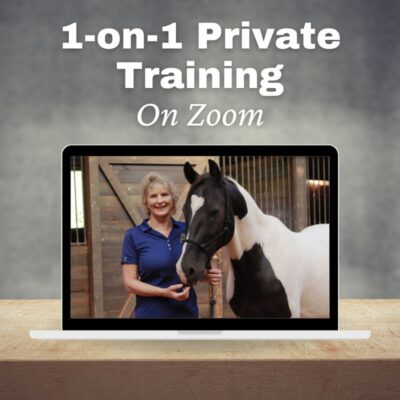
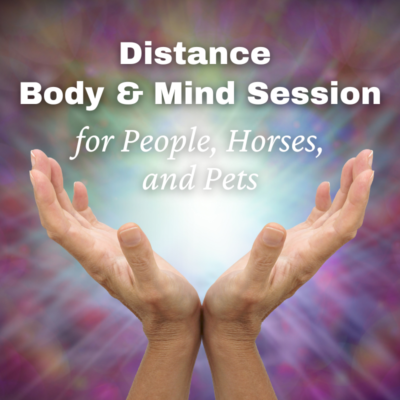
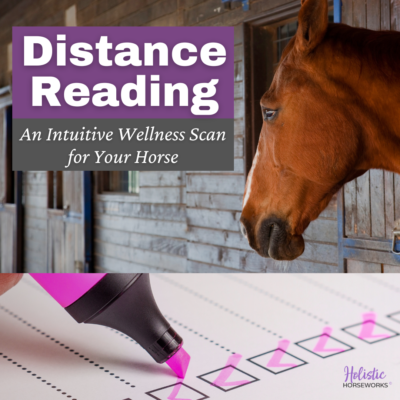
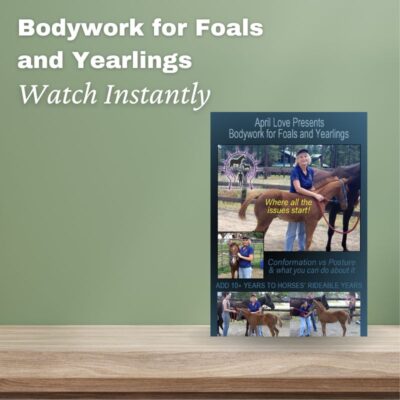
![Equine CranioSacral Energy Work -Watch Instantly [English and French]](https://holistichorseworks.com/wp-content/uploads/2022/09/equine-cranial-sacral-energy-work-watch-instantly-400x400.jpg)
